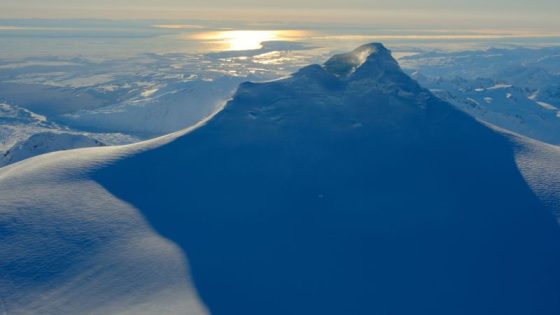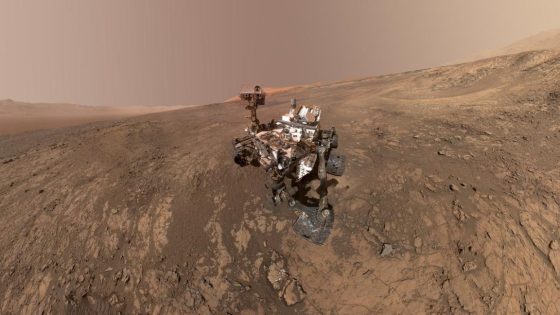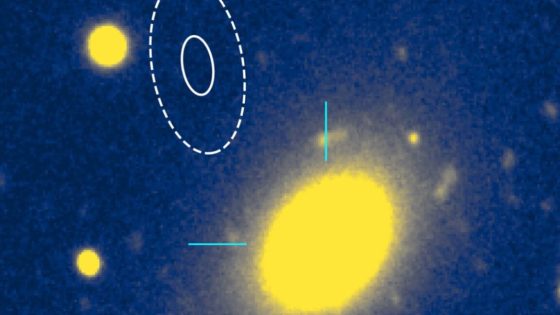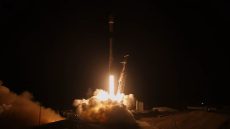A volcano near Anchorage, Alaska, known as Mount Spurr, may be on the verge of eruption. Recent signs of volcanic unrest have experts on high alert as they monitor the situation closely. Could this volcano disrupt life in the region once again?
- Mount Spurr shows signs of potential eruption.
- Hundreds of small earthquakes detected recently.
- Ground deformations indicate rising magma.
- 50-50 chance of eruption currently estimated.
- Previous eruptions occurred in 1953 and 1992.
- Eruptions could disrupt air travel significantly.
Mount Spurr: What Recent Activity Means for Alaska and Beyond
Mount Spurr’s recent activity raises concerns about a potential eruption. With hundreds of earthquakes recorded, could we see a repeat of past eruptions? Scientists are closely observing the volcano’s behavior to provide timely updates.
Understanding the Signs of Volcanic Activity at Mount Spurr
Experts from the Alaska Volcano Observatory have reported significant changes at Mount Spurr. Ground deformation and the formation of a small lake in the crater indicate rising magma. What does this mean for the future?
- Hundreds of small earthquakes have been recorded.
- Ground deformation suggests magma is moving closer to the surface.
- A small lake has formed in the crater, indicating volcanic activity.
- Experts estimate a 50-50 chance of an eruption occurring soon.
Historical Eruptions: What Can We Learn from the Past?
Mount Spurr has erupted multiple times in the past, with notable eruptions in 1953 and 1992. These events produced significant ash clouds that affected air travel and local communities. How might history inform our understanding of the current situation?
- 1953 eruption produced ash clouds up to 65,000 feet high.
- 1992 eruptions caused airport closures and air quality alerts.
- Future eruptions are likely to occur at the Crater Peak vent.
Monitoring Efforts: How Scientists Track Volcanic Activity
Scientists are utilizing advanced monitoring techniques to track Mount Spurr’s activity. This includes seismic monitoring and satellite imagery to detect changes in ground temperature and deformation. What technologies are helping experts stay ahead of potential eruptions?
By analyzing data from past eruptions, scientists can better predict future activity. Continuous monitoring is essential to provide timely warnings to the public.
As the situation at Mount Spurr develops, staying informed will be crucial. With a history of eruptions and current signs of unrest, the volcano remains a focus for scientists and residents alike.

































